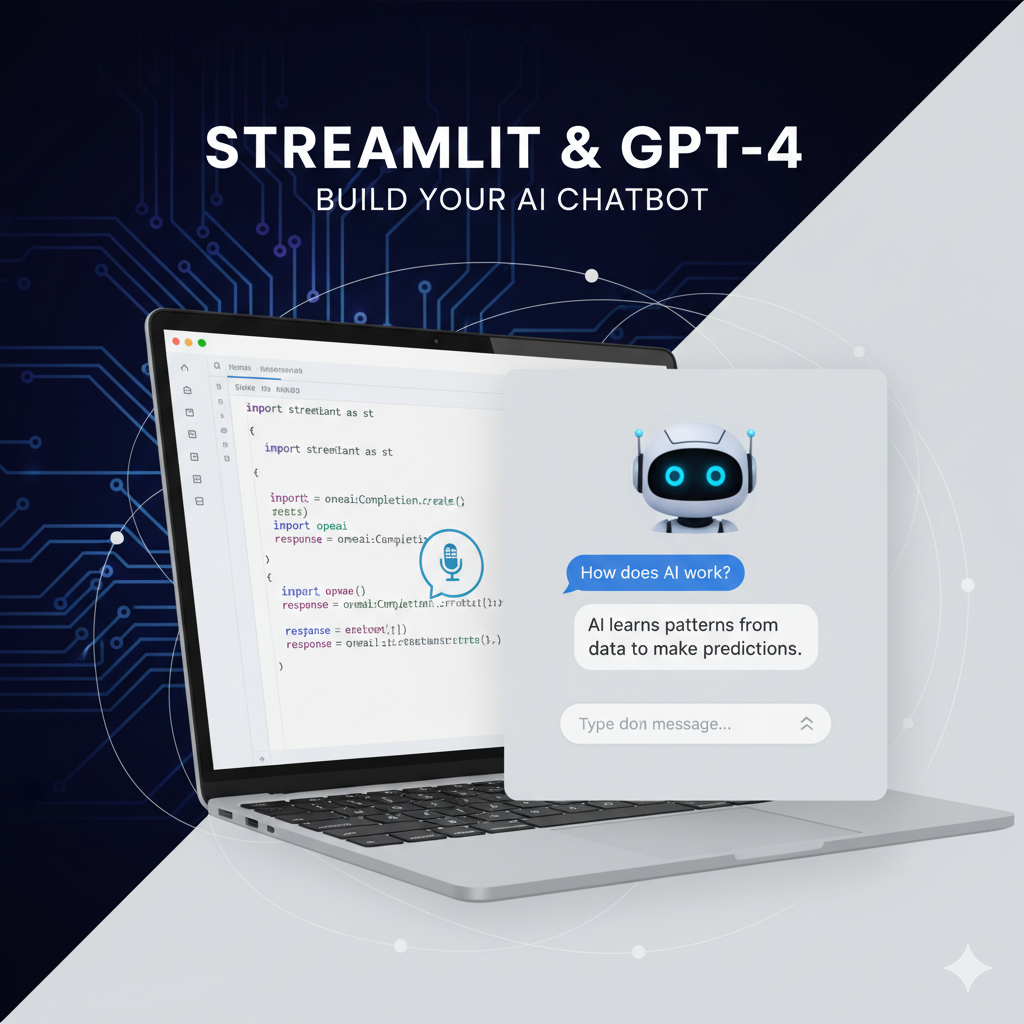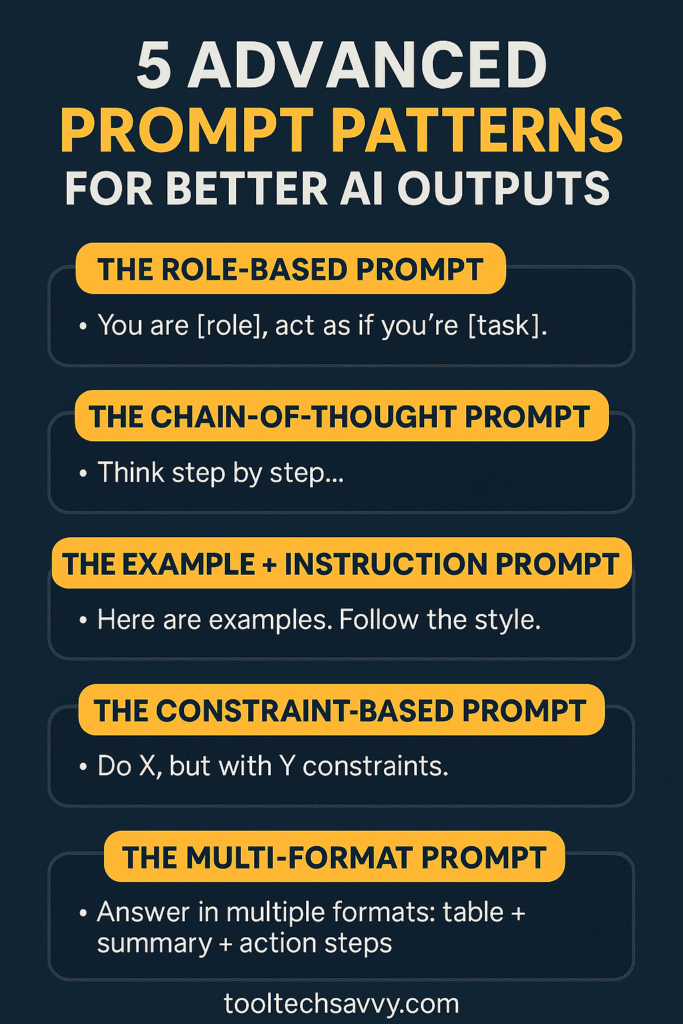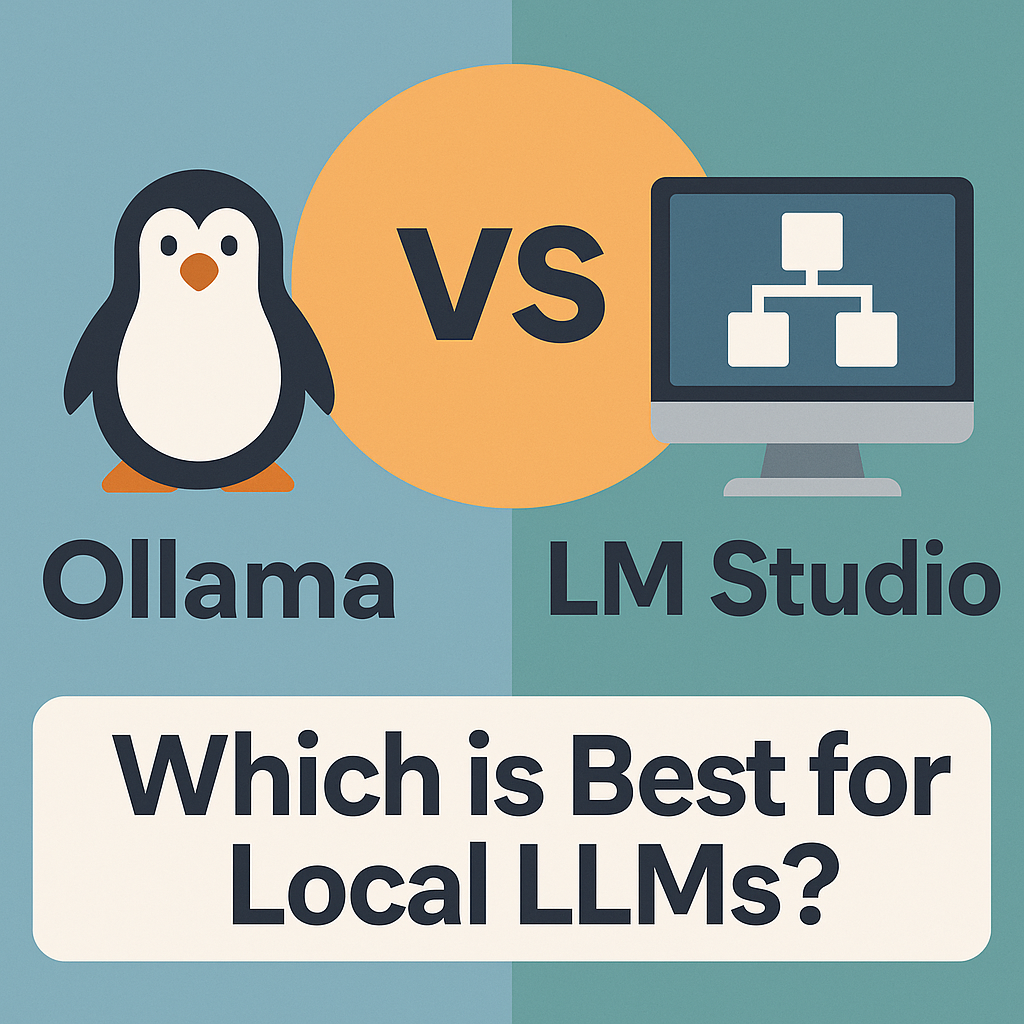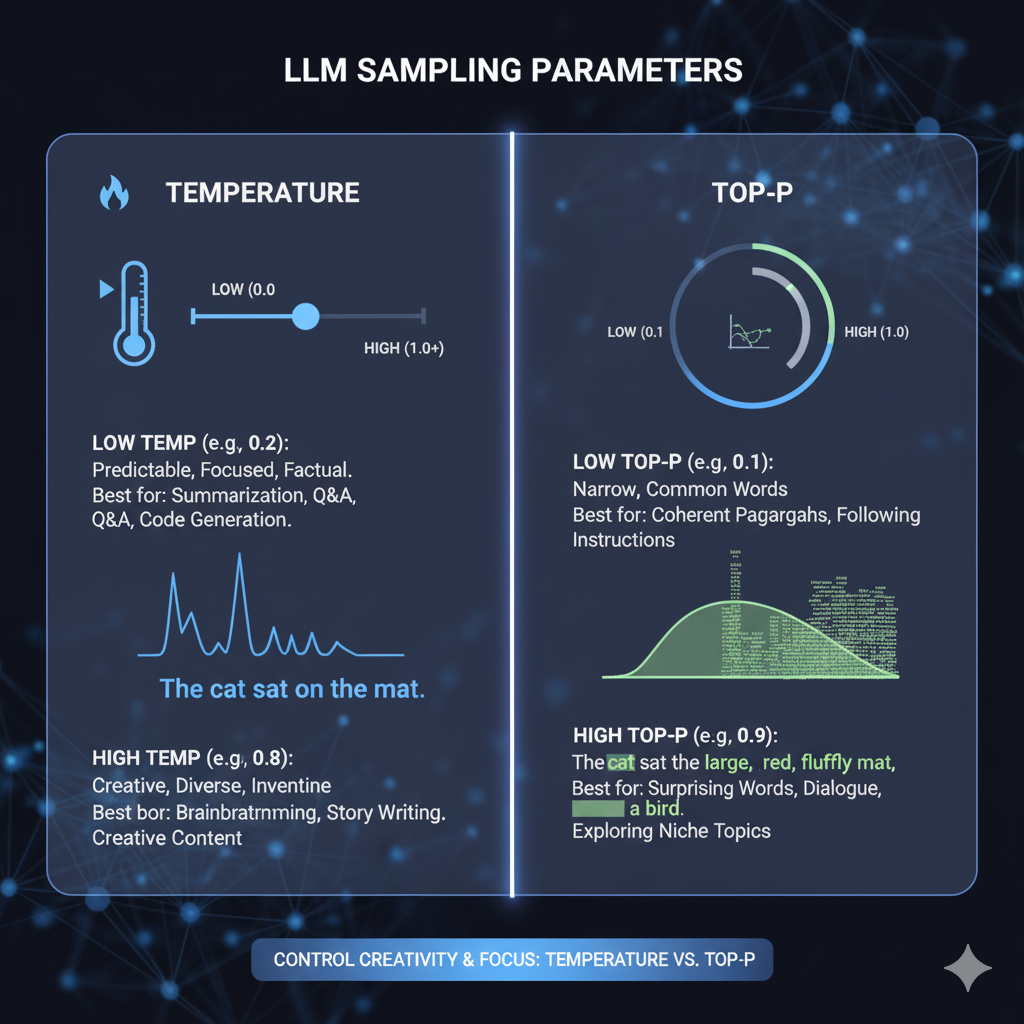The Ultimate VS Code Setup for AI & Data Science in 2025
If you’re building, fine-tuning, or experimenting with AI models, Visual Studio Code (VS Code) is more than just a code editor — it’s your AI development cockpit. But what truly unlocks its potential are extensions — small add-ons that automate workflows, integrate with tools like OpenAI and LangChain, and help you code smarter, not harder. […]
The Ultimate VS Code Setup for AI & Data Science in 2025 Read More »










